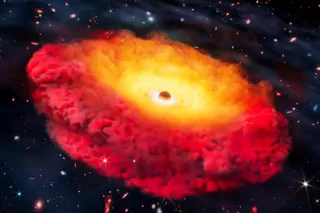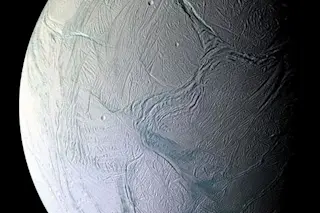In protoplanetary disks — the gas and dust clouds from which planets are made — the orbits of millimeter-sized dust particles drift inward. If these pebbles don’t accumulate in certain regions of the disk where they can collide and stick together to grow planetesimals, which are kilometer-sized, planet-forming rocks, they will be engulfed by the star.
Until recently, scientists couldn’t prove the existence of such ‘dust traps.’ But telescope observations have detected concentrations of larger dust grains in protoplanetary disks that demonstrate their possibility. One of the most compelling examples: the HL-Tauri star’s disk that has pebbles concentrated in ringlike locations — a feature possibly shared by the disk that formed our own solar system.
In protoplanetary disks, dust grains drift toward regions of higher pressure, typically occupied by the star. But this drift can decelerate or even reverse if the gas pressure in the disk increases locally. “A planet ...














